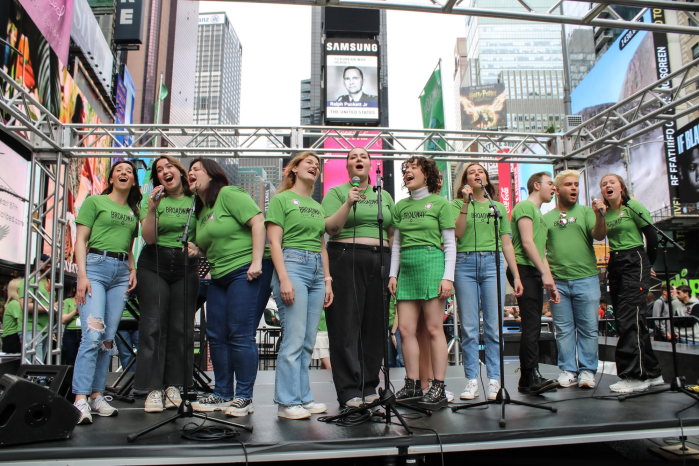
Talk about dance fever. The 1910s were packed with suggestive, in-your-face dance styles, according to musicologist Dale Cockrell, author of “Everybody’s Doin’ It,” out Tuesday.
That includes the grizzly bear — a craze in which people would “stretch out their ‘claws’ above their heads,” he writes, “and dance aggressively and provocatively.” The ursine-inspired boogie was so popular that it’s what the “It” in Irving Berlin’s 1911 hit song, “Everybody’s Doin’ It Now” — which Cockrell borrowed for the title of his painstakingly researched latest work — is actually referring to, he tells amNewYork.
Subtitled “Sex, Music, and Dance in New York, 1840-1917,” the tome offers a deep dive into the musical and social history of old New York. It’s a tour that takes readers from Five Points to Tin Pan Alley to Harlem and beyond — specifically to brothels, dive and dance halls.
That’s where popular music, from ragtime to jazz, took root and grew, says Cockrell, professor emeritus of musicology at Vanderbilt University and a research associate of the University of the Free State (South Africa) whose 1997 book “Demons of Disorder” explored black minstrelsy.
Live music, whether from a single piano player or a small band, in these dives and joints, was an expression of working-class culture and life.
“In New York you had African Americans making music with Irish making music with Germans and so on,” Cockrell tells amNewYork. “It was a musical mishmash and an ethnic mishmash.”
“It’s no surprise, then, that music in a sexually charged environment is not going to be dirgelike,” he adds. “It’s going to be music that makes you want to get up and shake your booty.”

















